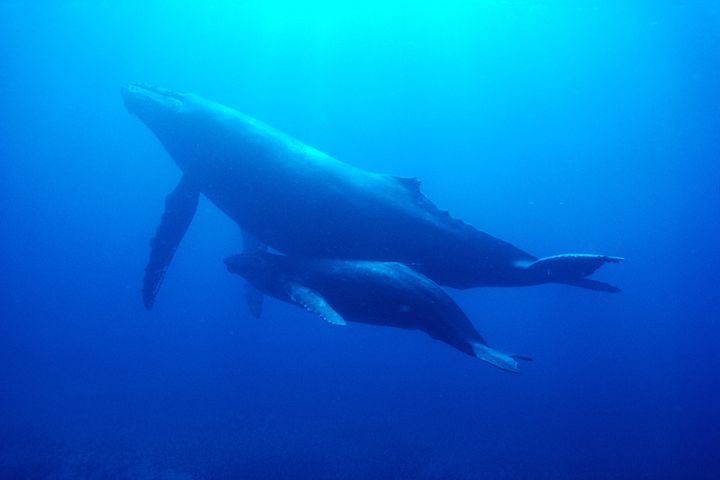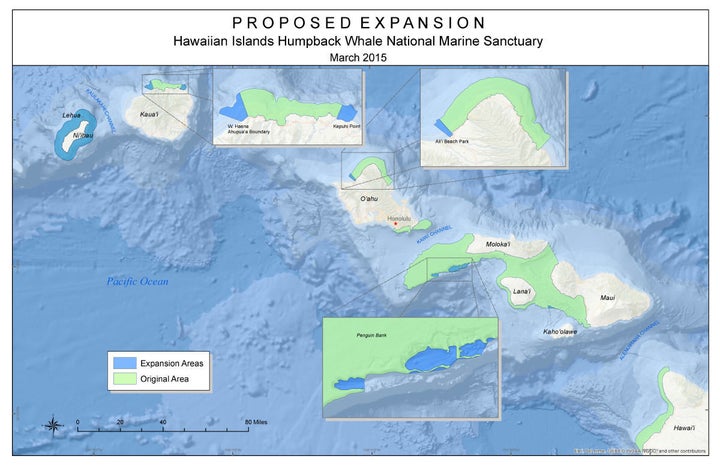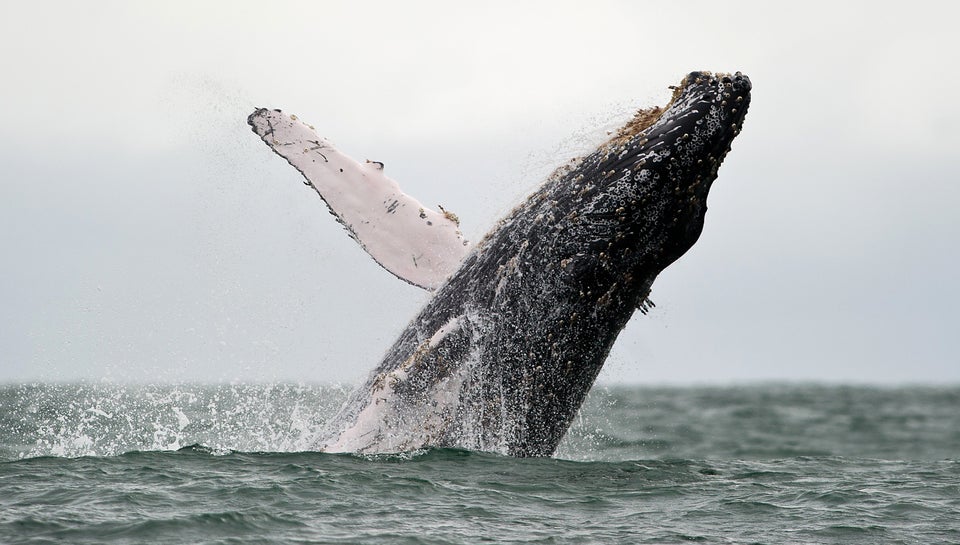After six years of planning, the National Oceanic and Atmospheric Administration has withdrawn its proposal to expand the size and focus of the Hawaiian Islands Humpback Whale National Marine Sanctuary.
In addition to enlarging the sanctuary from 1,366 square miles to 1,601 square miles, the proposal would have allowed it to protect more marine species -- not only the humpback whale -- by shifting to an ecosystem-based management approach.
NOAA said it decided to abandon the project in the face of opposition from the state of Hawaii, which co-manages the sanctuary and must sign off on any changes.
Allen Tom, regional director of NOAA's Office of National Marine Sanctuaries, told The Huffington Post that the inability of state and federal agencies to agree was disappointing, but not surprising.
"Certainly going out to the public, we got an earful," he said.

Established by Congress in 1992, the national sanctuary lies within the shallow, warm waters surrounding the main Hawaiian islands -- one of the world's most important humpback whale habitats.
Each year between November and May, as many as 10,000 humpback whales return from their summer feeding grounds in Alaska to the warmer waters of Hawaii to mate and give birth.
After being pushed to the brink of extinction, the North Pacific humpback population has increased drastically over the last half-century. In 1966, the year commercial whaling was banned in the North Pacific, the population had been reduced to fewer than 1,400. Current estimates put their numbers at around 20,000.
While the recovery of the species is a success story, the sanctuary recognized the need to pivot its attention to a more holistic approach.
"Managing a single species is not the way management is done, either on land or in the water," Tom said. "We were trying to evolve to a much broader approach of managing some of these endangered animals as well as the resources in the ocean."
The state, however, argued the proposal went too far.
Suzanne Case, head of the Hawaii Department of Land and Natural Resource, outlined the state's concerns in a Jan. 22 letter to John Armor, acting director of NOAA's Office of National Marine Sanctuaries.
"As the trustee of Hawaii’s natural resources, cultural resources, and submerged lands, the State of Hawaii supports an ecosystem-based management approach, but cannot endorse federal jurisdiction or enforcement of Hawaiian waters at this scale," Case wrote.

NOAA's proposal came under fire from Hawaii residents concerned the plan and its associated regulations would restrict recreational ocean use and hurt business. Fishing groups opposed the proposal’s call to increase protective areas for Hawaiian monk seals, according to the Honolulu Star-Advertiser.
The NOAA proposal, introduced publicly in March, was six years in the making, according to Tom. He didn't have an estimate of the costs involved, but said NOAA "spent a fair amount of time and energy" on it.
"But again, our mandate says that if we are working with states and in state waters, that the governor and state have the final say as to what we do," Tom said. "If the state's not comfortable, or if they're not on board with our proposal, then it is wise for us to just sort of save everybody any more time and money on this."
The sanctuary says it will continue in its present form, conserving and protecting humpback whales and providing needed research support and public education.
Hawaiian Islands Humpback Whale National Marine Sanctuary is the only U.S. sanctuary dedicated to a single species.
Also on HuffPost:

